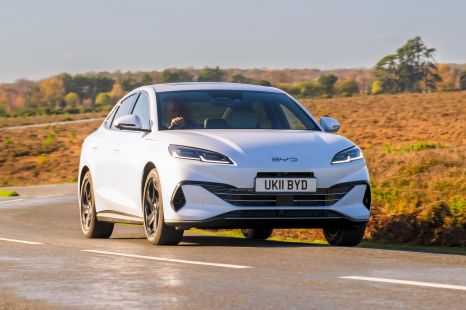

Matt Robinson
2026 BYD Seal 6 DM-i review: Quick drive
6 Days Ago
Remember MirrorLink? Samsung smartphones dropping support almost spells the end for the oft-forgotten mirroring tech originated from Nokia.
MirrorLink projects essential functions such as navigation, audio and calls from the smartphone to the in-car infotainment display with a driver-friendly interface.
Sound familiar? The disruption of Apple CarPlay and Android Auto has been arguably a significant technological turning point for the car industry. However, it foreshadowed and killed MirrorLink’s hopes for success.

Despite this, MirrorLink is still around and has had a profound influence on the car industry today.
Unlike Apple and Google’s implementation, MirrorLink is open-source, meaning developers can gain access to parts of the underlying code, then develop applications for it or alter the system.
This open approach allows automakers, vehicle accessory, and tech brands to uniquely tweak and customise MirrorLink’s interface design to suit their own preferences.

MirrorLink’s origins stem from a research project from iconic phone brand, Nokia.
Bernd Steinke from the Nokia Research Centre in Germany invented the noBounds! project to investigate if smartphones could expand their screens to higher resolution 1080p external displays via a USB or wireless LAN connection to form a ‘mobile computer’.
Then, Nokia Research Centre researchers Jörg Brakensiek and Raja Bose in the United States took the project’s results and applied them to in-car infotainment displays with impressive results – all from rather underpowered Nokia N800 and N810 Linux Internet tablets.
Later, Nokia teamed up with the Consumer Electronics for Automotive (CE4A) group to form a concept, shown off using the Nokia N810 at the 2009 IEEE Consumer Communications & Networking Conference. It was dubbed ‘Terminal Mode’.
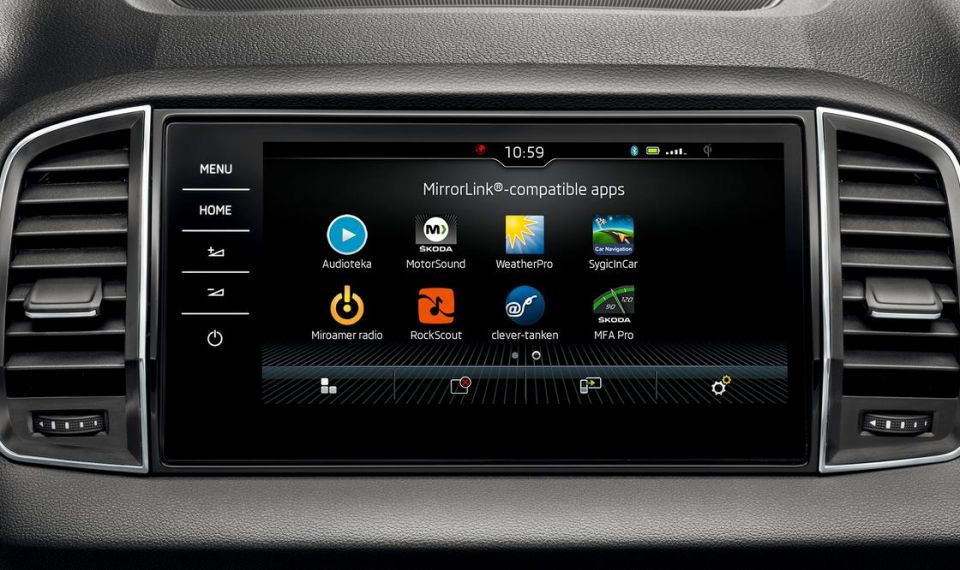
The first Terminal Mode integration with a car was revealed at the 2010 Geneva Auto Show using a Nokia N97 phone prototype and a concept car from Valmet Automotive. A few months later, it was integrated with a Volkswagen Passat.
This collaboration between Nokia and CE4A led to the Car Connectivity Consortium forming. It brings all major automakers and technology companies together to advance global technologies for standardised connectivity solutions – including Toyota, Hyundai, BMW, Volkswagen, Rivian, with Google, Apple, Samsung and more.
Terminal Mode was renamed to MirrorLink in 2011 and trademarked under the Car Connectivity Consortium.
Recently, Apple’s new CarKey feature was announced as part of the Car Connectivity Consortium to allow automaker members to employ the same mobile digital key standard.
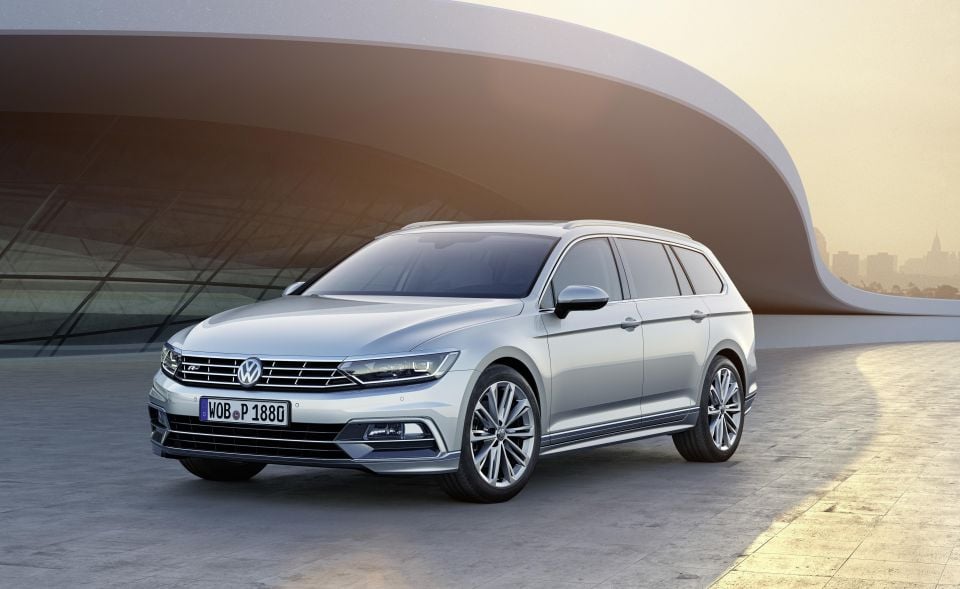
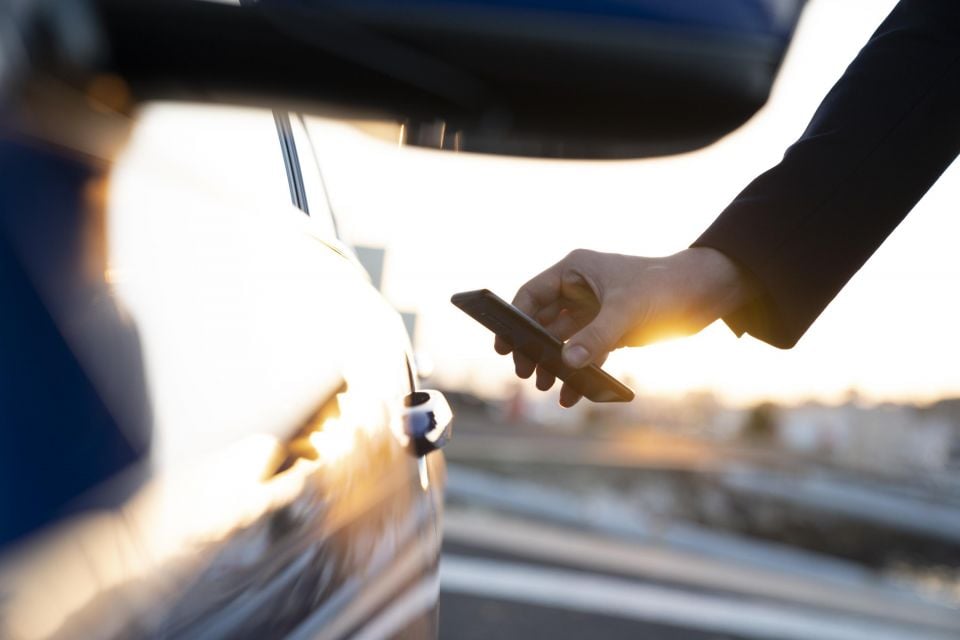
The first mass-market vehicle to feature MirrorLink was Volkswagen’s 2014 Polo city car, which gained a new modular infotainment platform II (second-generation MIB).
Locally, MirrorLink arrived in Volkswagen’s range with a 2016 model year refresh – a refresh which also brought Apple CarPlay and Android Auto.
Wireless MirrorLink was introduced by Skoda overseas in 2016 – well before Apple and Google, which are only starting to use cable-free smartphone mirroring today.
What started out as an internal research project by Nokia ended up bringing smartphone mirroring to the market and establish an important automotive-technology consortium.

While MirrorLink did have major applications like Spotify (via the RockScout app), Parkopedia, Glympse and Sygic navigation, it lacked arguably the most fundamental apps for in-car infotainment displays: Google Maps and Waze.
It also has rudimentary voice control that allows drivers to send text messages via dictation, but cannot match Apple’s Siri and the Google Assistant in understanding natural voice inputs.
Smartphones that supported MirrorLink are relatively limited as well.
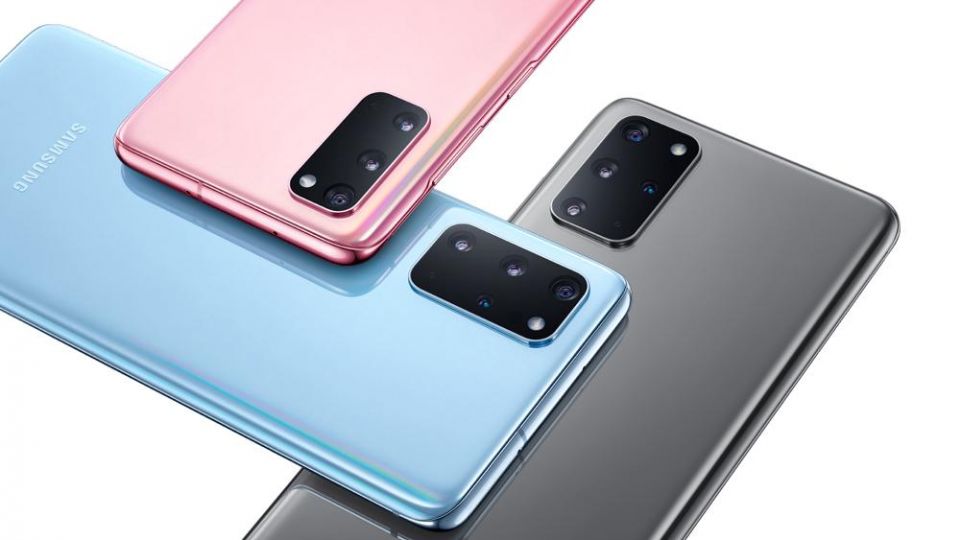
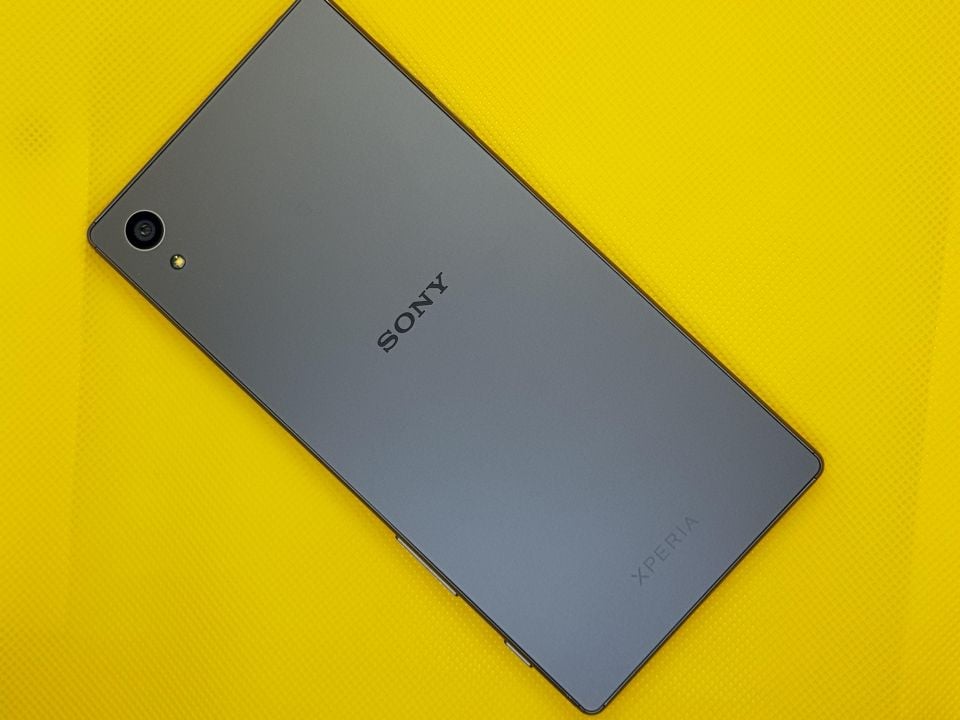
According to the MirrorLink website, only a handful of (mostly old) HTC, Fujitsu, Sony, Huawei, Motorola, and Samsung devices running the Android operating system are compatible.
Notably, Samsung has consistently maintained support for MirrorLink in its handsets since the launch of the Galaxy S5 and Note 4 in 2014.
However, while MirrorLink was compatible with the latest Samsung Galaxy S20 line-up, a software update in June ended its support – and arguably MirrorLink’s final lifeline.
Existing Samsung users can still use MirrorLink, though if the device is reset, connected to a new vehicle, the app data is cleared or if the device’s firmware is updated, MirrorLink compatibility is lost.
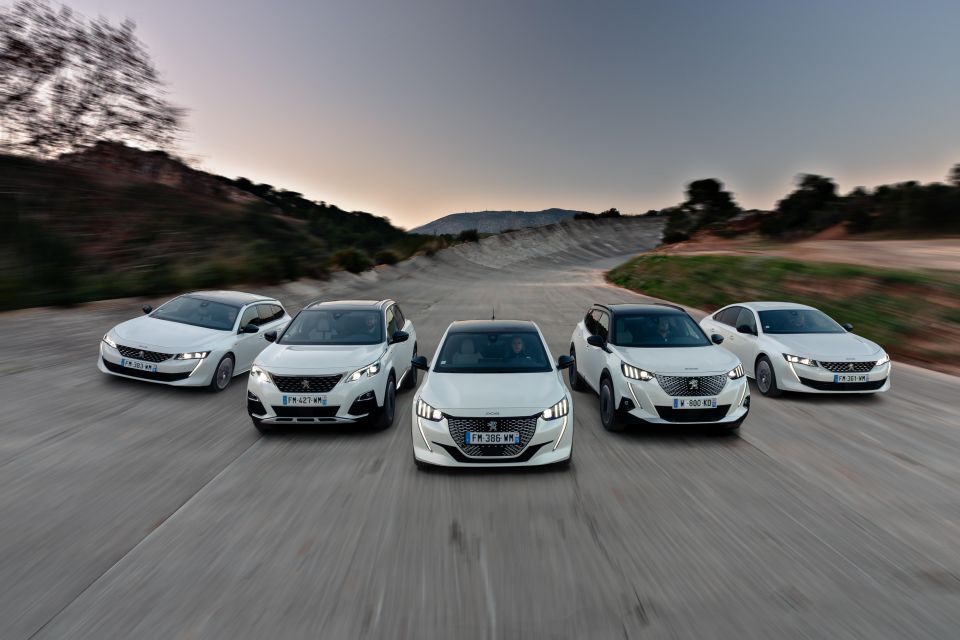
On the other hand, while 70 per cent of the world’s automakers and smartphone makers have joined the Car Connectivity Consortium, the supported vehicles are fairly scant, too.
Most compatible models come from European brands like Peugeout, Citroen, Smart, Mercedes-Benz, Seat, Skoda and Volkswagen, with the exception being Suzuki, Honda, plus a few aftermarket Pioneer, Alpine and Sony systems.
Some overseas models from Hyundai, Kia, and Toyota also featured MirrorLink in the past.
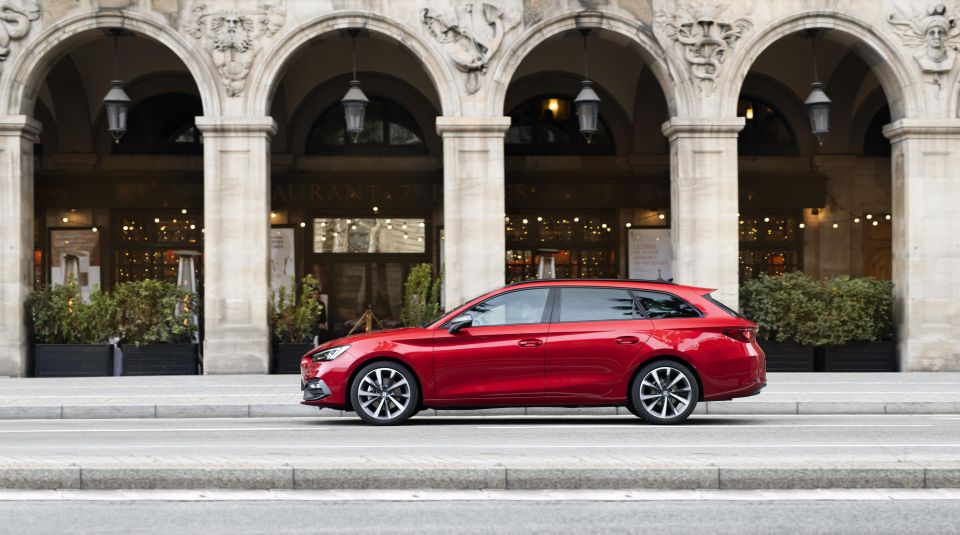
In contrast, wired Android Auto supports any phone running Android 5.0 (Lollipop) or later – a six-year-old operating system – and is on more than 500 vehicle models globally.
Adding to MirrorLink’s woes, consumers have inherently complained about connection issues between phones and infotainment systems; often unreliable.
The Car Connectivity Consortium does stipulate some design guidelines for developers, including minimal text, no text input, park mode detection, high contrast, big fonts, and giant buttons.
Despite this, MirrorLink isn’t aesthetically well-designed and has inconsistent interfaces, differing from vehicle-to-vehicle and phone-to-phone as carmakers and tech brands employ their own designs on open-source bones.
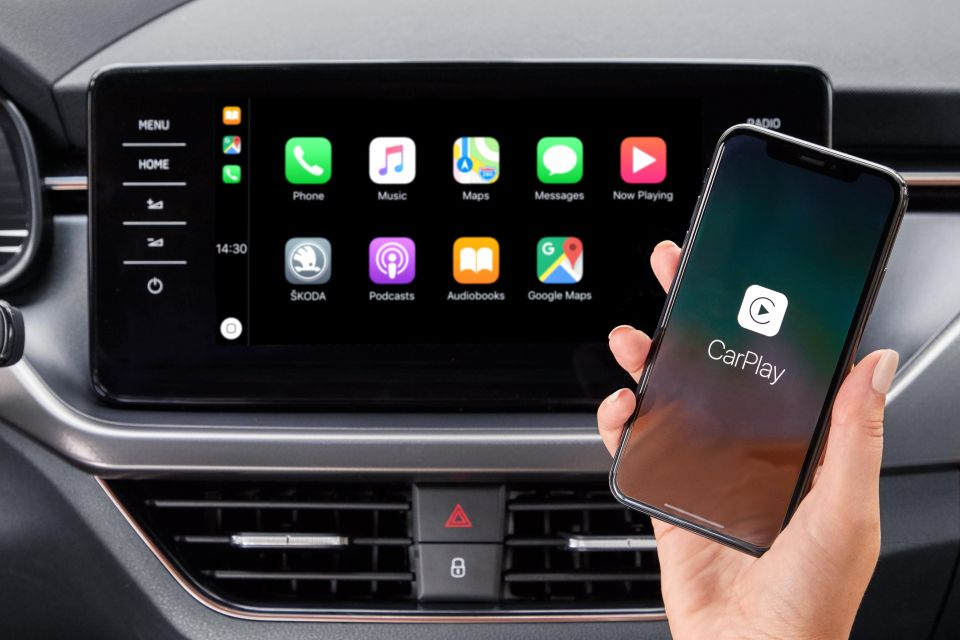
The proliferation of Apple CarPlay and Google’s Android Auto from 2014 took MirrorLink’s smartphone projection idea into the mainstream – and refined it.
Both Silicon Valley tech companies offer a familiar smartphone-like interface on their systems. Both are easy to use, always updated, and have a more reliable connection.
Thus, CarPlay and Android Auto have successfully become an essential tech feature in new cars today.
MirrorLink simply failed to garner the support and traction that Apple and Google could as powerful tech conglomerates.

MirrorLink is still available today, though it is on a very thin and eventual lifeline.
With Samsung dropping support last month, only some older Android phones can project MirrorLink including the Sony Xperia Z line, LG G4, Huawei P10 range, and HTC One and Desire series’ – all of which are discontinued.
However, the Volkswagen Group fleet of vehicles (except Audi and Lamborghini), surprisingly, continues to support the ageing MirrorLink technology.
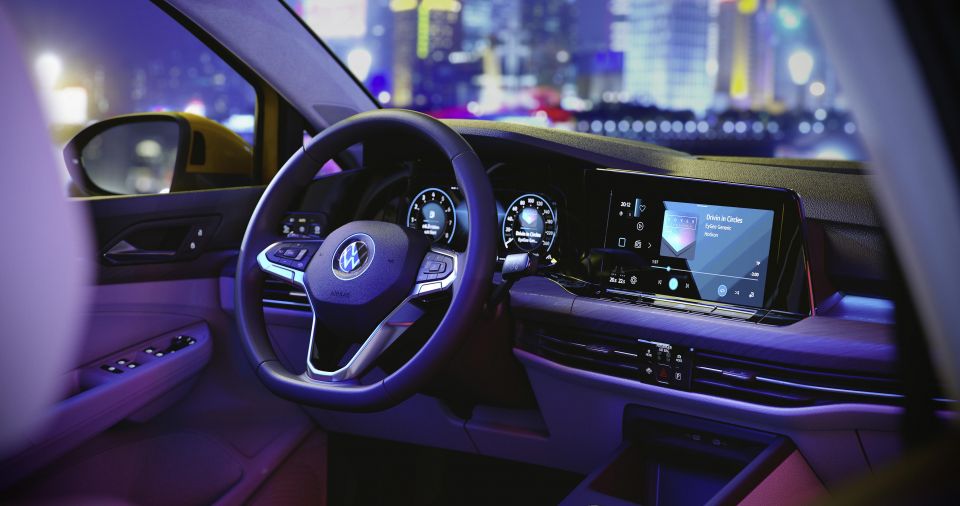
The ‘Composition’ and ‘Discover’ infotainment systems available on all models across its current line-up still features MirrorLink – from a Polo city hatchback to Amarok pickup.
MirrorLink is even available on the redesigned ‘Discover Media’ system in the Mk8 Volkswagen Golf.
Additionally, all current Peugeot and Citroen models support MirrorLink in their shared infotainment systems – from a Citroen C3 light hatch to Peugeot 5008 seven-seater SUV.
Finally, the Suzuki range, from the Swift city car to the mini Jimny off-roader, offer MirrorLink. Though, it’s no longer marketed by the Japanese automaker in its promotional material.
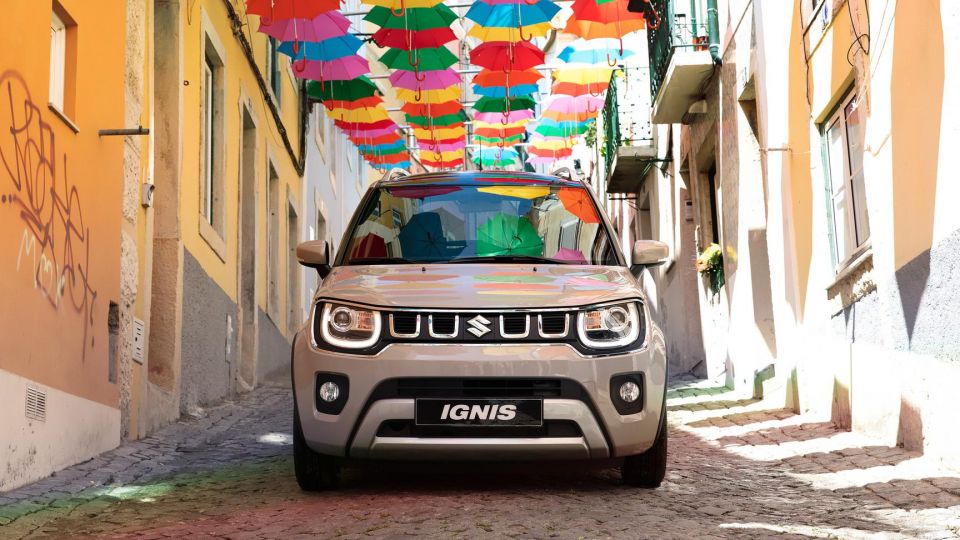
While MirrorLink is still alive today, Samsung’s decision signals something close to failure for the oft-forgotten tech feature.
New smartphones simply don’t support it anymore, even though some new vehicles do.
It’s undeniable MirrorLink has now been overshadowed by its spiritual successors, Apple CarPlay and Android Auto.
Therefore, we can anticipate the demise of MirrorLink soon – most likely a quiet disappearance.
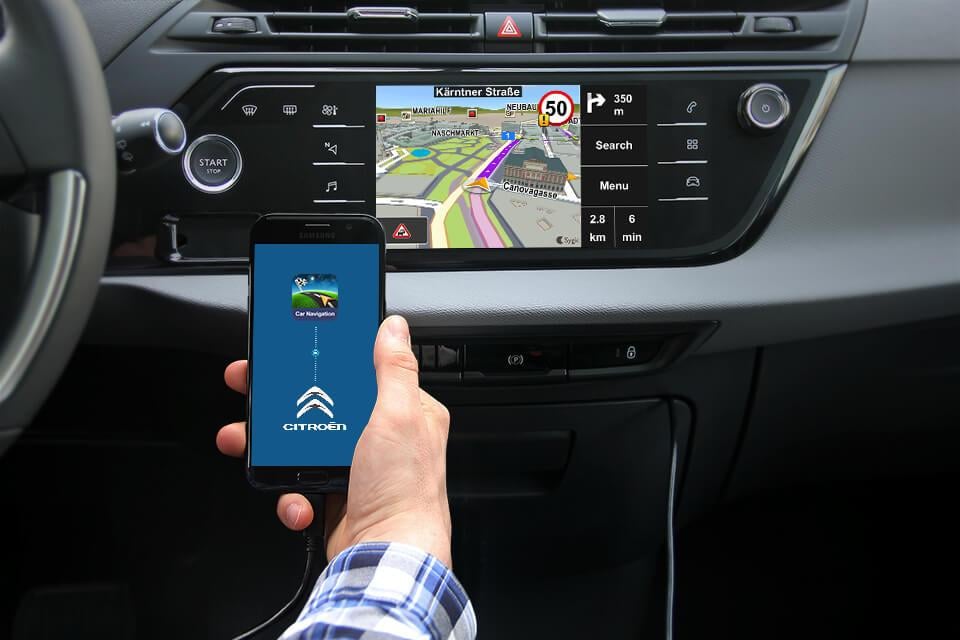

The Car Connectivity Consortium is now focusing on forming a smartphone digital key standard across the automotive industry as seen with Apple CarKey. A 3.0 version of the digital key specification is imminent.
The consortium is also working on the Car Data project to harness the collection of vehicle data from connected cars for consumers.
Examples include vehicle usage-based insurance schemes, real-time road condition monitoring, integrated vehicle maintenance, driver behaviour monitoring (i.e. for rideshare services), and more.
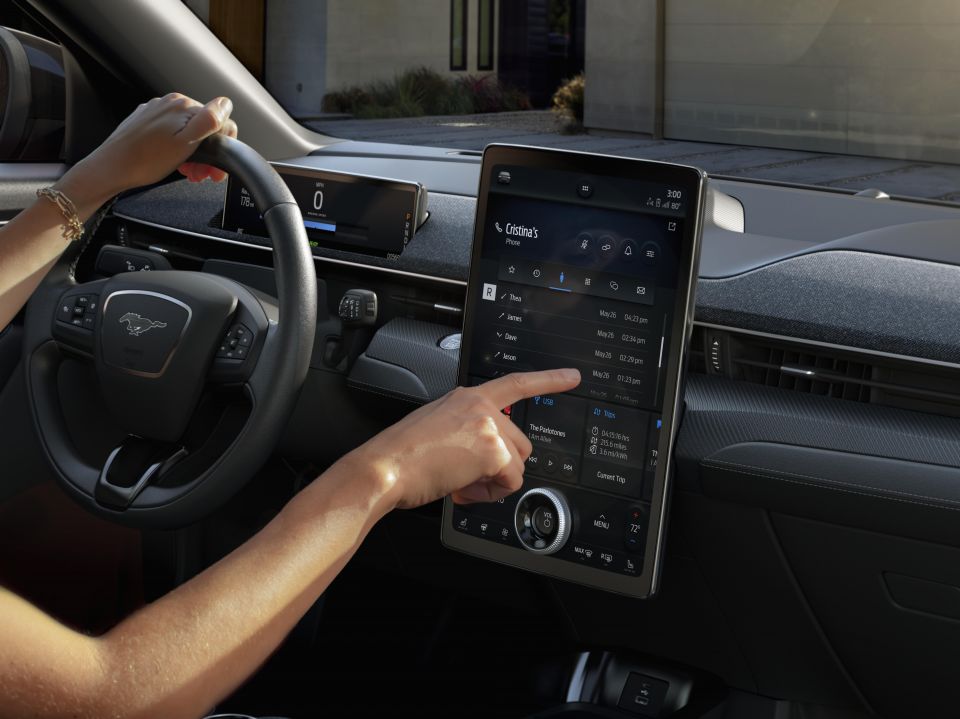
Apple CarPlay and Android Auto have taken the smartphone mirroring baton on, along with pushing advancements in proprietary infotainment software like Google’s Android Automotive, Tesla, Ford’s Sync, Mercedes-Benz’ MBUX, and more.
While MirrorLink wasn’t too successful, it has set a precedent in transforming how infotainment technology is used, implemented and standardised in the automotive industry today.
MirrorLink has also accelerated the digitalisation, mediatisation and datafication of cars.
And, who would’ve thought it all came from Nokia?


Matt Robinson
6 Days Ago
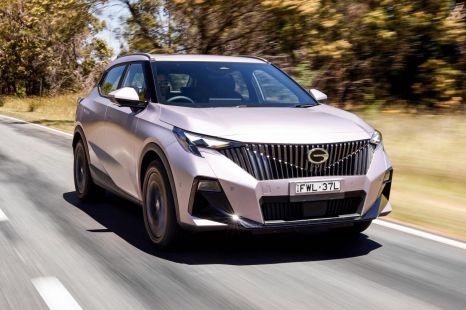

Ben Zachariah
4 Days Ago


Matt Campbell
4 Days Ago
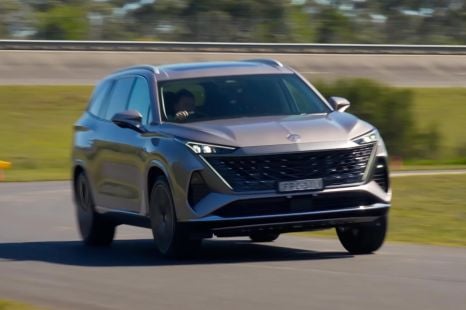

William Stopford
4 Days Ago
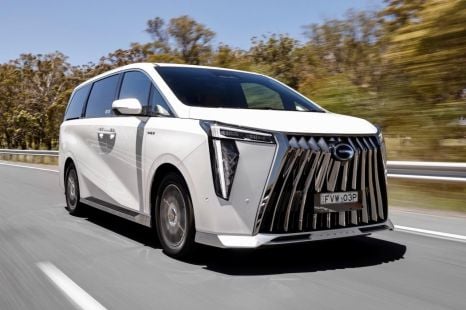

Ben Zachariah
2 Days Ago


Ben Zachariah
18 Hours Ago